Recreating the Country blog |
|
For all the closet grassland lovers out there – it’s time to come out and declare your passion Have you ever walked over your backyard grass/lawn and been enchanted by its beauty, colour and diversity? Most of you would say something like ‘You’ve got to be joking’! If you answered yes, then you either love a perfect lawn, regularly mowed to within an inch of its life, or you’re one of the few fortunate Australians that have a remnant native grassland on your property. What a rare treasure trove you have! 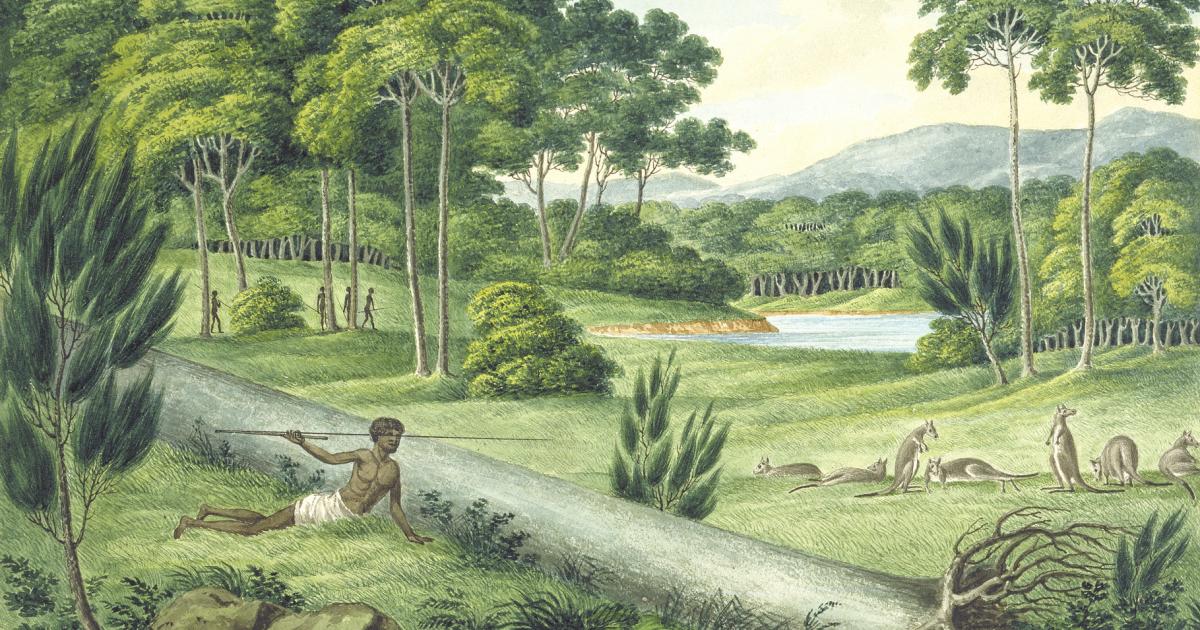 A stunningly beautiful and functional landscape designed and managed by Indigenous Australians for hunting. Painting by Joseph Lycett (Newcastle, NSW early 1800s) A stunningly beautiful and functional landscape designed and managed by Indigenous Australians for hunting. Painting by Joseph Lycett (Newcastle, NSW early 1800s) It’s confronting to consider that not very long ago all of our back and front yard lawns, as well as our grassy nature strips, were part of a rich and beautiful native grassland or grassy woodland/forest. Each unique to its location and each supporting an interconnected ecosystem of insects, birds and small mammals. I get super excited when I discover a remnant clump of native grass or a wildflower on a farm visit, during a wander along a creek or even walking along a country street glancing at the nature strip. For me it’s like stepping through a time warp or looking through a window into the past. It’s a powerful reminder of the richness that was once there. I can’t help but wonder what Australia would be like today, if 250 years ago when we foreigners first stepped on shore;
Here is a glimpse into a past, before grassy monocultures displaced our diverse national heritage; It's October. The Milkmaids and Bulbine-lilies have begun to speckle the open areas with white and yellow. Beard Orchids are flowering with a scattering of Donkey Orchids and forests of spectacular Spider Orchids. Austral Bugle opens purple trumpet-like flowers, tiny Sweet Hound's-tongue perfumes the air and Trigger-plants grow tall from grassy tufts. Late in the month the Salmon and Slender Sun Orchids, always sensitive about the weather, will open delicately coloured blooms only if the day is warm enough. 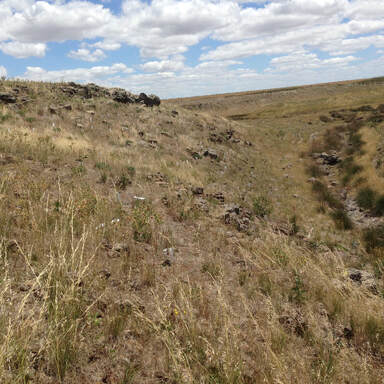 Numerous indigenous grassland plants were found on this steep rocky site on the side of the Warrambine Creek near Rokewood Numerous indigenous grassland plants were found on this steep rocky site on the side of the Warrambine Creek near Rokewood Where to look for surviving native grassland plants You're more likely to find surviving native grassland plants in places that are difficult to access. These are out of the way corners that have been less disturbed by people, stock or machinery and they are likely to be treasure troves. These places are usually steep, have rocky outcrops, haven't had any fertiliser added or perhaps sheltered under the canopy of old native trees. In both urban and rural areas, undisturbed parts of cemeteries are often wonderful refuges for native plants. Also check out roadside reserves and rail reserves near you. In rural areas, steep creek banks and hillsides with rocky outcrops usually don't disappoint. Paying a visit to old paddock trees (give them a hug while you're there - see Connecting with nature - a journey into mindfulness) will often reveal a few species of hardy remnant grasses, hardy lilies and some of the more resilient native herbs. A slow wander in spring when plants are flowering can reveal remnant native grasses, herbs, lilies and orchids. Taking the time to explore and make these discoveries is a very rewarding experience! Often the grassland plants that you will discover are remnant native grasses Getting to know the grasses 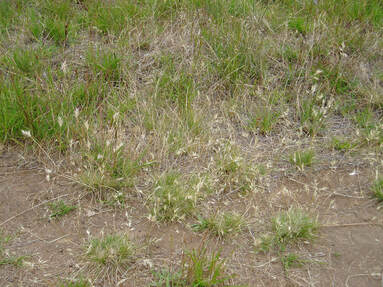 Common Wallaby Grass, Rytidosperma caespitosum (foreground) and Kangaroo Grass, both green in mid-summer Common Wallaby Grass, Rytidosperma caespitosum (foreground) and Kangaroo Grass, both green in mid-summer Identifying native grasses is quite easy. Here are some 'tips' to get you started;
Useful references on native grasses; The Victorian Volcanic Plains Biosphere July 2021 newsletter (scroll down and click 'here' to download the pdf) - a great read, very useful articles on grasslands and beautifully presented. Corangamite CMA have just put out a long awaited new edition of 'Plains Facts'. There is a lovely article by Trevor Pescott on the Owlet Nightjar and important information on the Stewardship program that is presently on offer, plus lots more. It is a well produced six-monthly newsletter Surf Coast Nature search - helpful pictures of wildflowers and grasses found in coastal areas Friends of Grasslands: Grasses : Habits and Habitats - lists and descriptions of native grasses Books: Australian Grasses - a gardener's guide to native grasses, sedges, rushes and grass trees by Nick Romanowski Native Grasses. Identification Handbook for Temperate Australia. Ed 3 by Meredith Mitchell. Pub CSIRO. The most commonly seen native grasses; Kangaroo Grass (once covered 70% of Australia), Weeping Grass, Windmill Grass, Wallaby Grasses, Spear Grasses and tussock grasses).
Picture gallery of the more common native grasses Please hover over the images for descriptions. They must be bonkers! Native grasslands or native 'artlands' If you heard a rumour about someone who painted over a priceless Sidney Nolan artwork what would you think? Maybe you’d wonder if they’d gone bonkers. Of course something like that would never happen. No doubt Nolan would have skillfully worked his magic on a canvass for a week or two. Carefully crafting a story through his images of very harsh almost apocalyptic Australian landscapes. In my view planting a lawn, a crop or trees over a priceless remnant grassland is just as bonkers, but sadly this does happen very often. A grassland is crafted by nature over tens of thousands of years and each grassland is a unique ‘canvas’. The many species of small flowering plants combine in a balance of colour and texture that only a master artist could conceive. 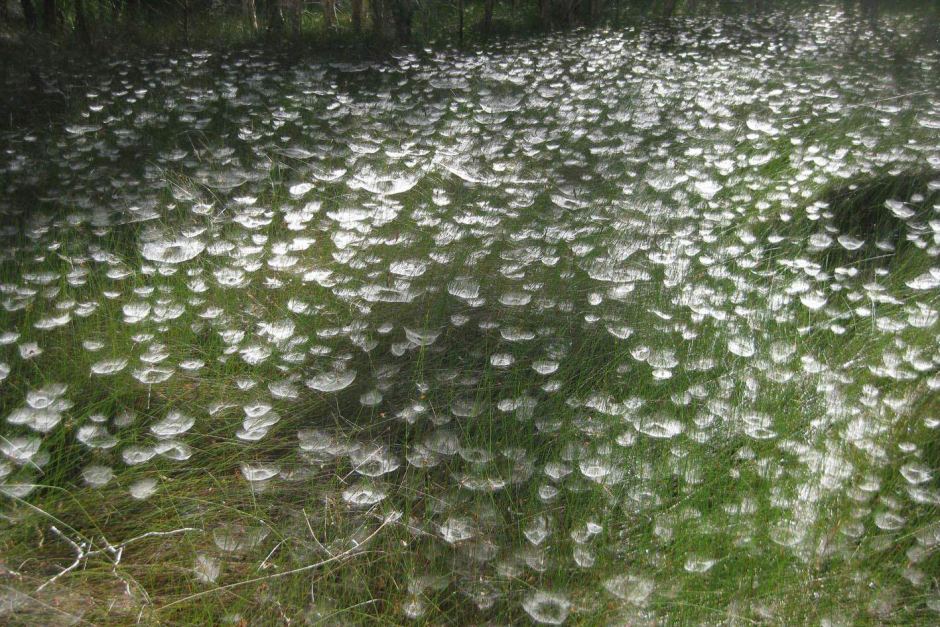 Lacy spider webs on a grassland in the Port Macquarie nature reserve. Photo ABC news Lacy spider webs on a grassland in the Port Macquarie nature reserve. Photo ABC news The intricate ecosystem that is woven into the fabric of each plant community is truly remarkable. A walk through a grassland on a dewy morning will reveal thousands of small sparkling lace-like spider webs adorning the small plants. Each web a masterpiece in itself and each web built only to last one night. There begins the web of life. The larger insects, skinks and small birds feasting on both the spiders and their catch. These grasslands and grassy woodlands that once covered about one third of Victoria are now almost gone. These priceless and unique works of art have been 'painted' over with new ideas and dreams that promised profit and progress. With the benefit of hindsight these goals now look short sighted as well as being very shallow and tawdry 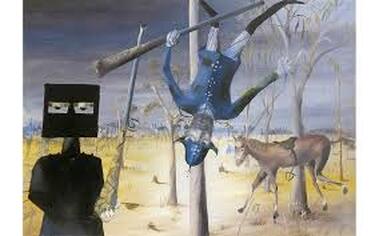 Sidney Nolan's 'Death of Constable Scanlon' Sidney Nolan's 'Death of Constable Scanlon' As extremely rare surviving works of art, what value is a native grassland today? Stop for a minute and think about what we have lost. Unlike a Sidney Nolan painting that’s been painted over, a grassland can’t be restored to its original intricacy. Any grassland we plant is unlikely to reach the complexity and diversity of an original that has evolved over millennia. May be you have a priceless work of art in your back paddock - what a magnificent asset! Looking after what is left of these irreplaceable natural assets has to become a top priority for our generation. Otherwise the next generation will only know them as myths and legends, like Ned Kelly in one of Sidney Nolan’s famous paintings.  You could be paid for protecting your grassland A current Corangamite CMA project aiming to fund the protection and maintenance of grasslands and grassy woodlands has struggled to find enough sites in healthy condition. This program which is called ‘Grassy Eucalypt Woodlands Stewardship Program’ is offering to pay land-owners to look after and improve their remnant grasslands and grassy woodlands. It offers great support and cultural burning undertaken by the Wadawurrung People, the Traditional Owners. For more information contact Jess Lill at the CCMA at [email protected] 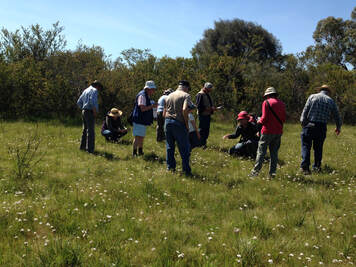 A Friends of Teesdale Grassy Woodlands wildflower walk. Milkmaids, Burchardia umbellata are flowering in the foreground A Friends of Teesdale Grassy Woodlands wildflower walk. Milkmaids, Burchardia umbellata are flowering in the foreground Get up close to wonderful grasslands near you (John Delpratt and Helen Scott added details of beautiful grasslands to visit as 'comments' below. If you have a beautiful grassland that you want to share, please let us know in the 'comments') Learning about grassland plants takes you on an adventure into plants as well as to amazing places. September and October are good months to see grassland plants flowering. If you take a magnifying glass or a camera with a good macro-lens you will be 'blown away' by their extraordinary beauty. Contact Parks Victoria (or similar in your state), your local Council or Landcare Australia to discover a local 'Friends of ' group and join them for a spring walk in a grassland near you For more ideas on managing grasslands. The articles below are recommended; 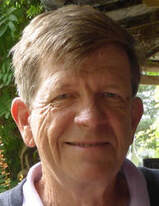 John Delpratt, an honorary fellow at Melbourne University, discusses restoring Kangaroo Grass communities on disturbed roadsides at Woorndoo, Victoria, in two excellent articles. Part 1 & Part 2  Grassland management - Grazing as an important management tool This article draws on my experience and research, and explains the benefits of grazing techniques to improve the diversity and health of grasslands
 In my August blog Kangaroo Grass will be put under the spotlight. This tough adaptable long-lived perennial returns between $1,000 & $2,000/ha for its seed alone. It has many other economic benefits, plus it has a very low fire risk. I'll also discuss seed collecting and propagation for all the DIY readers.
10 Comments
Stuart McCallum
27/7/2021 11:24:27 am
Kissing Serrated tussock is not recommended but it sure works to distinguish it from Poa sieberiana.
Reply
Steve
27/7/2021 12:31:12 pm
Thanks Stu,
Reply
John Delpratt
27/7/2021 11:33:28 am
Thanks, Steve.
Reply
Steve
27/7/2021 03:34:42 pm
Thanks John, that's an impressive list of grasslands to visit in Victoria's western district. The Rokewood cemetery is a beautiful tapestry of colour.
Reply
27/7/2021 12:00:59 pm
Lovely article Steve. You capture the delight of finding pockets of native grasslands in unexpected places. It is dreadful that the State Govt has dropped the ball on protecting the Western grasslands outside Melbourne. The Macedon Ranges has some eg Woodend's grassland reserve, Hanging Rock reserve, Carlsruhe cemetery, roadsides and private properties in Newham Landcare.... One of my favourite books is Land of sweeping plains: managing and restoring the native grasslands of south-eastern Australia, a wonderful resource published by CSIRO in 2015 (John Delpratt is a contributor).
Reply
Steve
27/7/2021 12:19:48 pm
Thanks Helen,
Reply
Phil Hunter
11/8/2021 10:46:48 am
What a wonderful, easy and inspiring read. I loved the way you drew the parallel to the artworks and detailed tapestry.
Reply
Steve
12/8/2021 12:06:29 pm
Thanks so much for your comments Phil. If we all saw nature as a work of art I think we'd be out of trouble.
Reply
Glen White
16/9/2021 01:45:37 pm
Hi Steve. As always I learn something from your wonderful blogs. Looking forward to brushing up on my ID skills as the year warms up.
Reply
Steve
17/9/2021 02:29:26 pm
Hi Glen,
Reply
Leave a Reply. |
Click on the image below to discover 'Recreating the Country' the book.
Stephen Murphy is an author, an ecologist and a nurseryman. He has been a designer of natural landscapes for over 30 years. He loves the bush, supports Landcare and is a volunteer helping to conserve local reserves.
He continues to write about ecology, natural history and sustainable biorich landscape design. 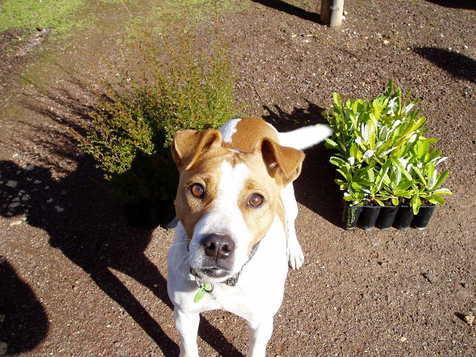
|
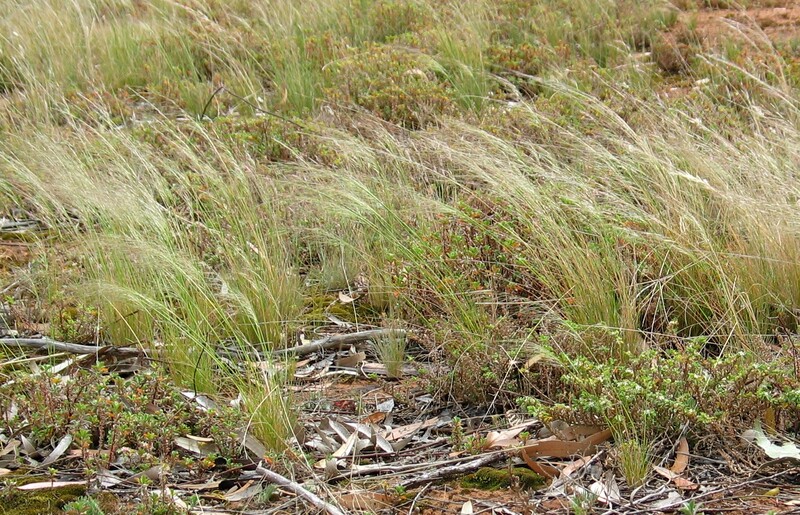
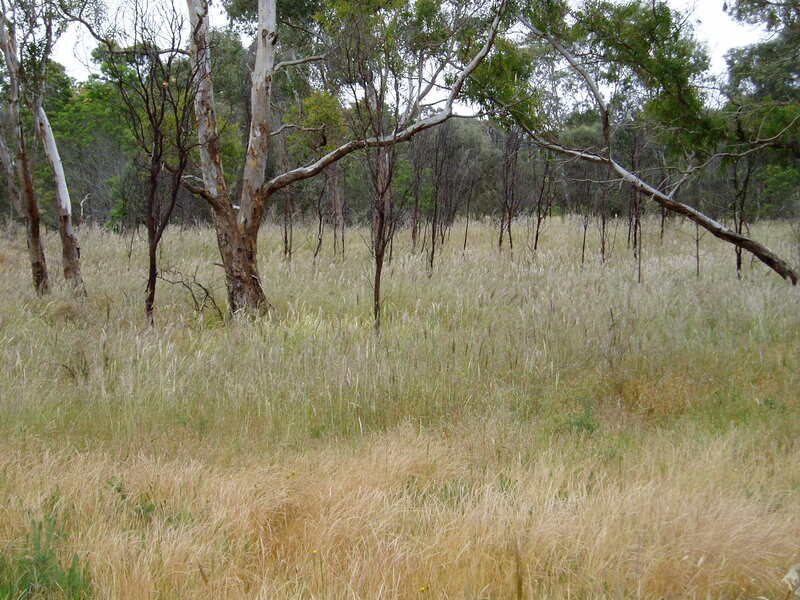
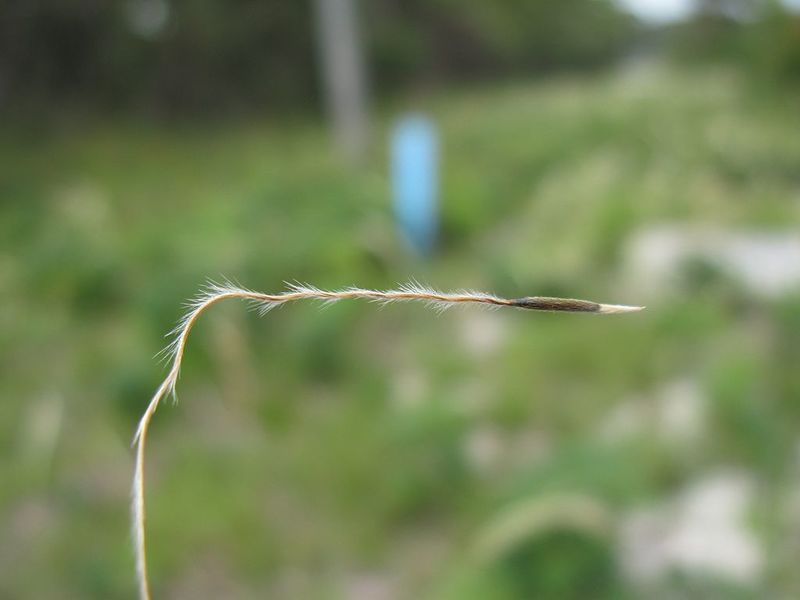
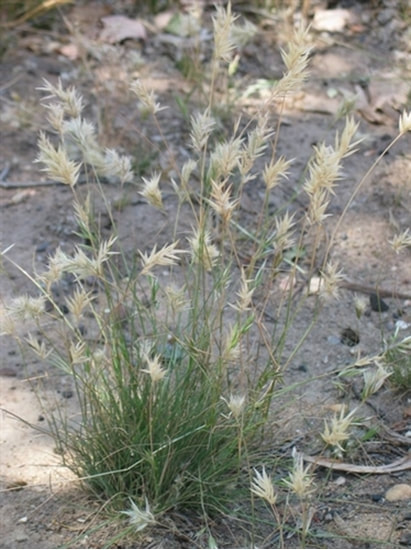
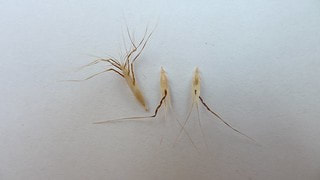
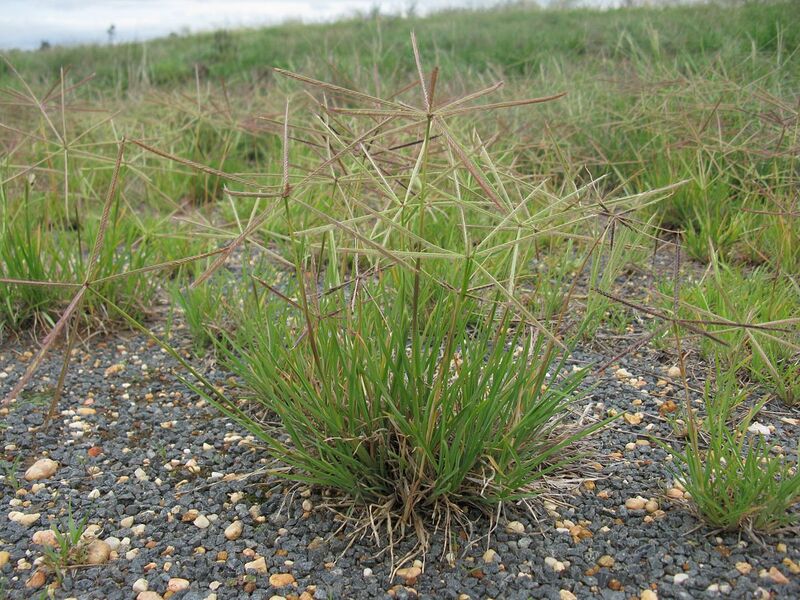
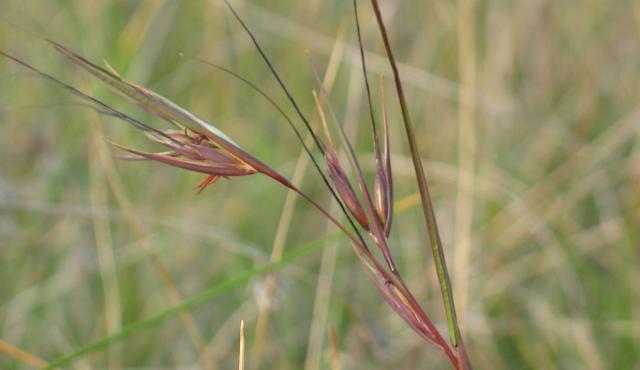

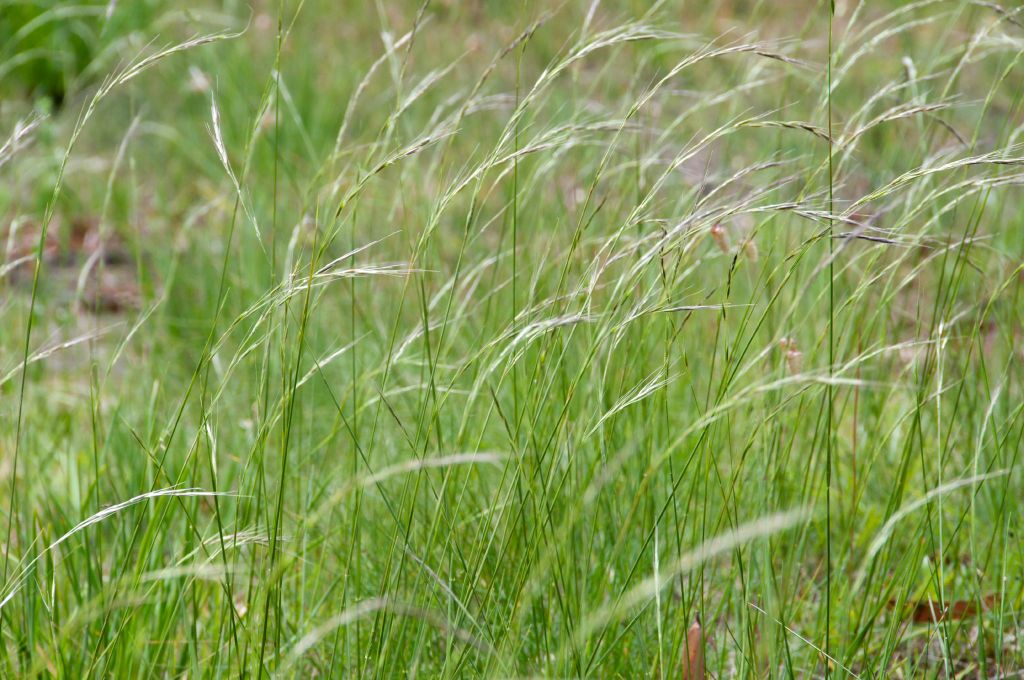
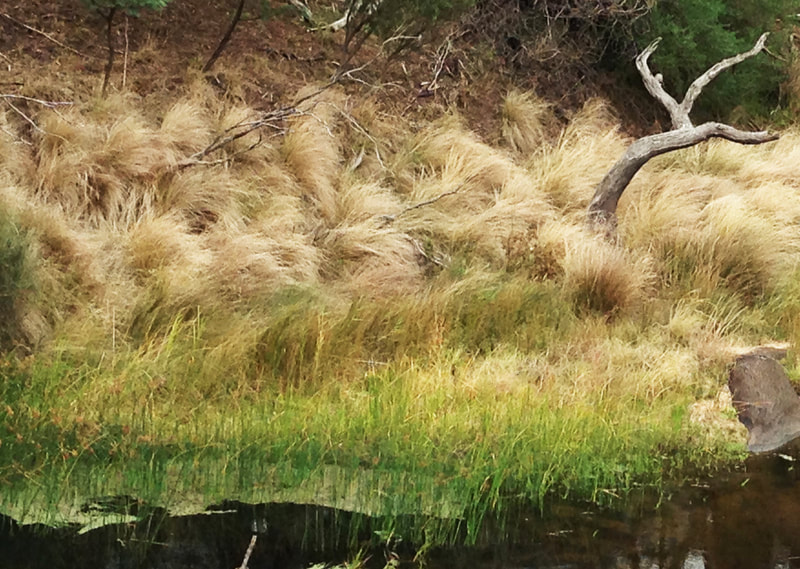
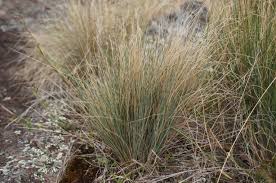

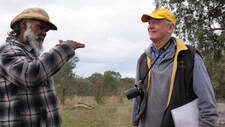
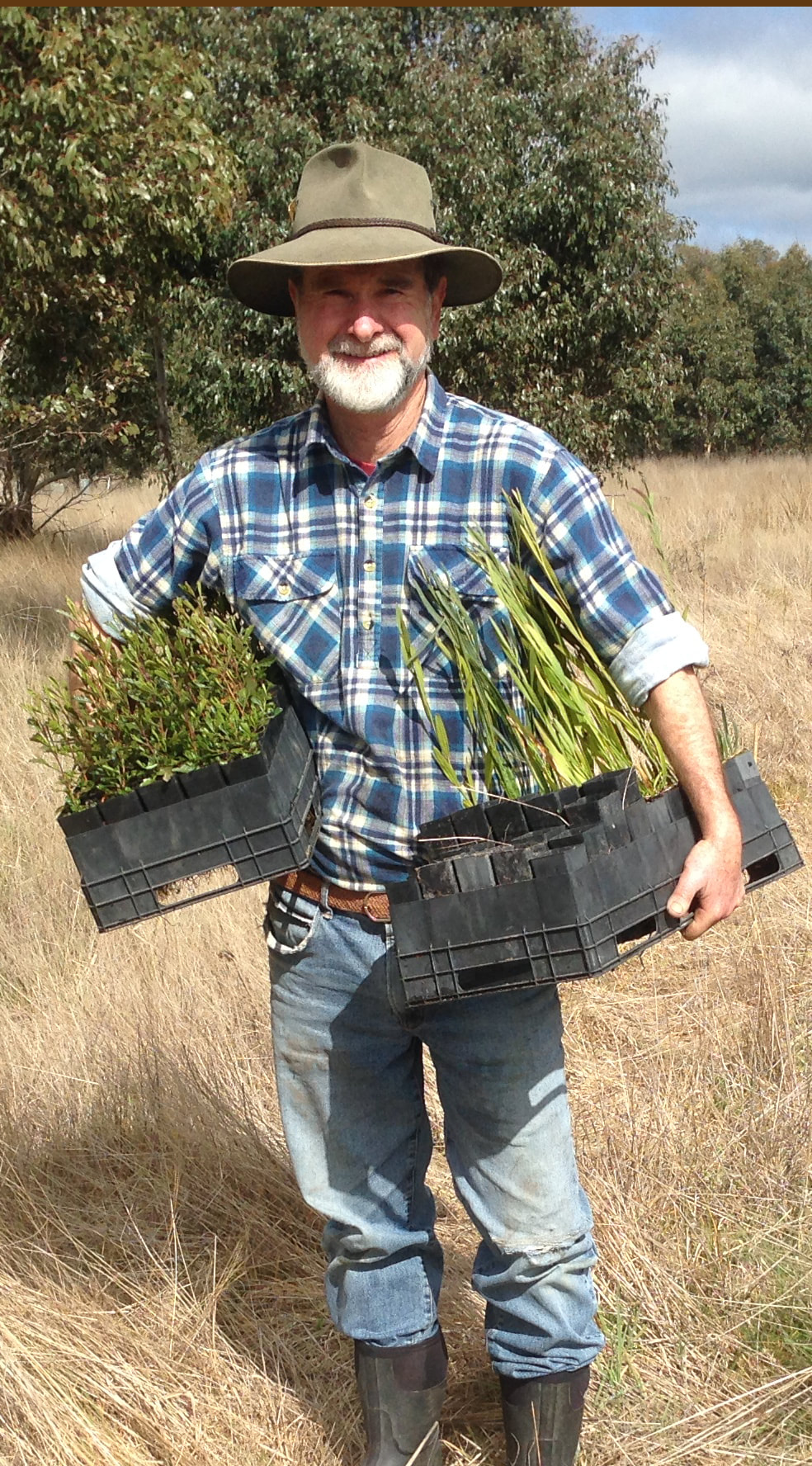

 RSS Feed
RSS Feed
